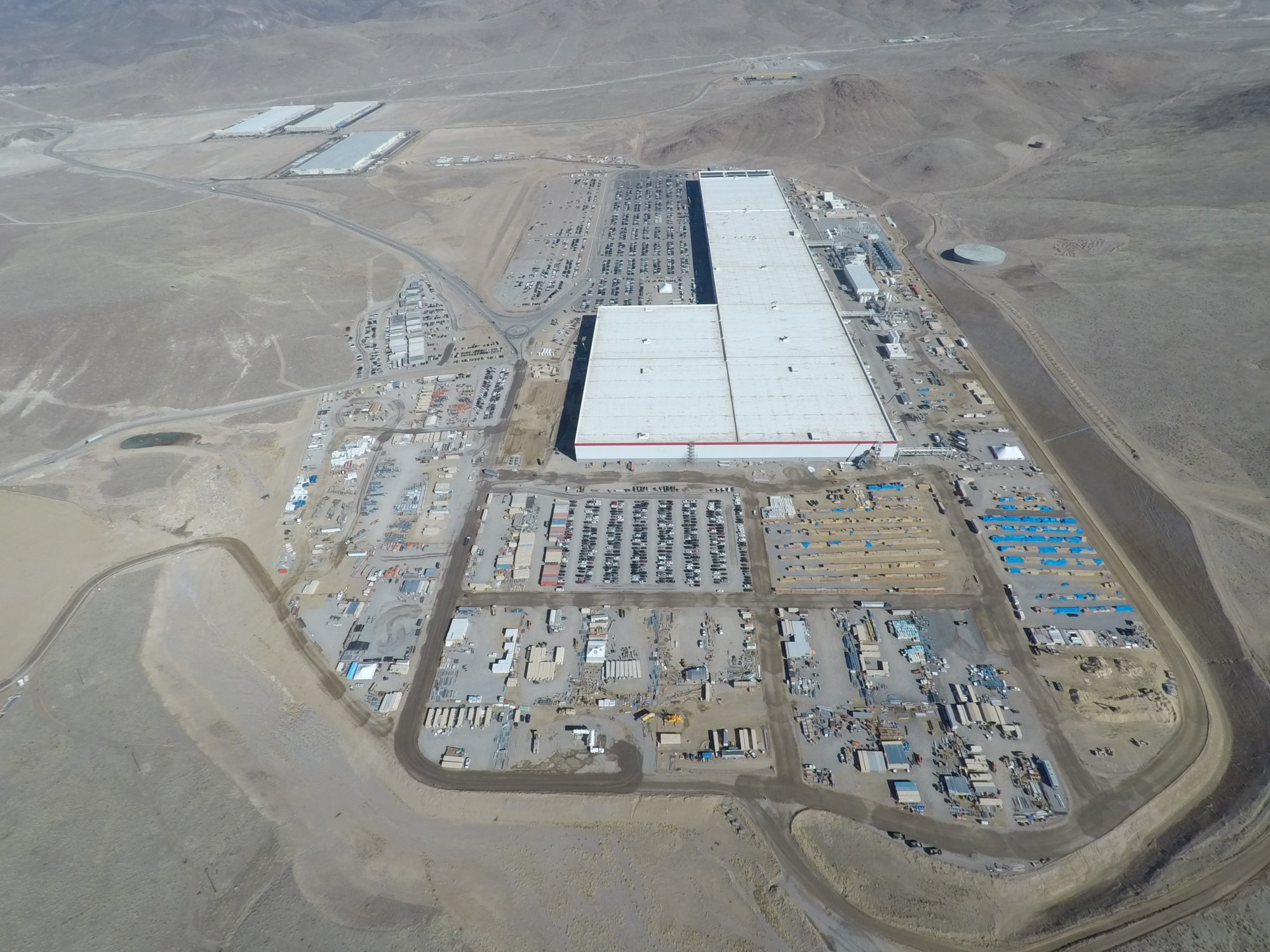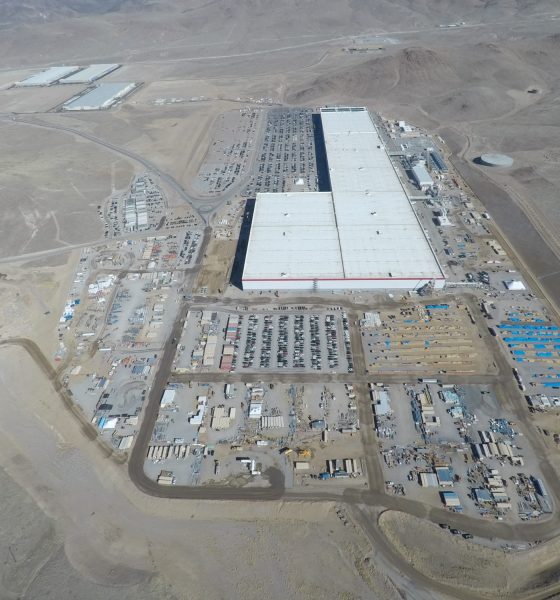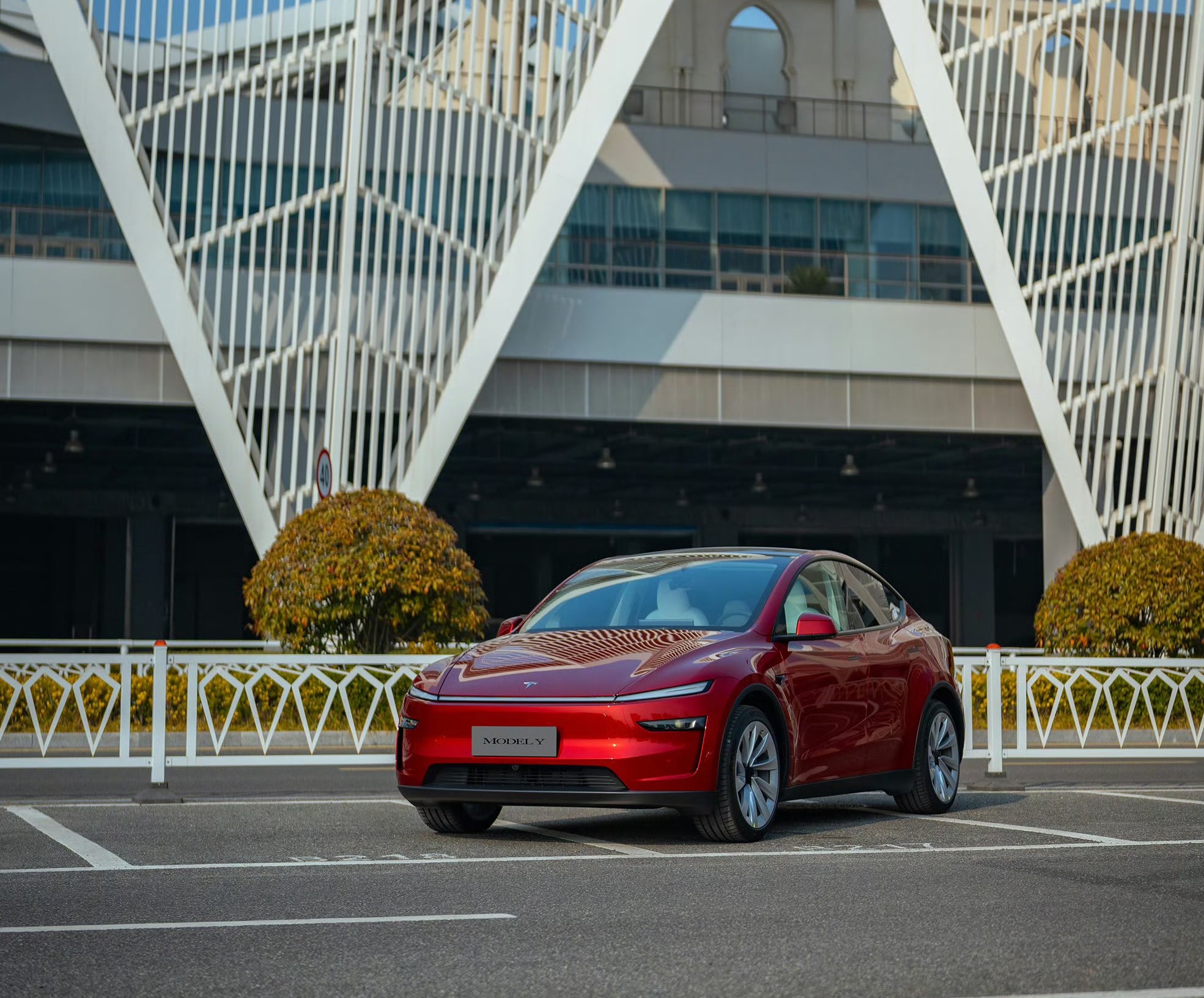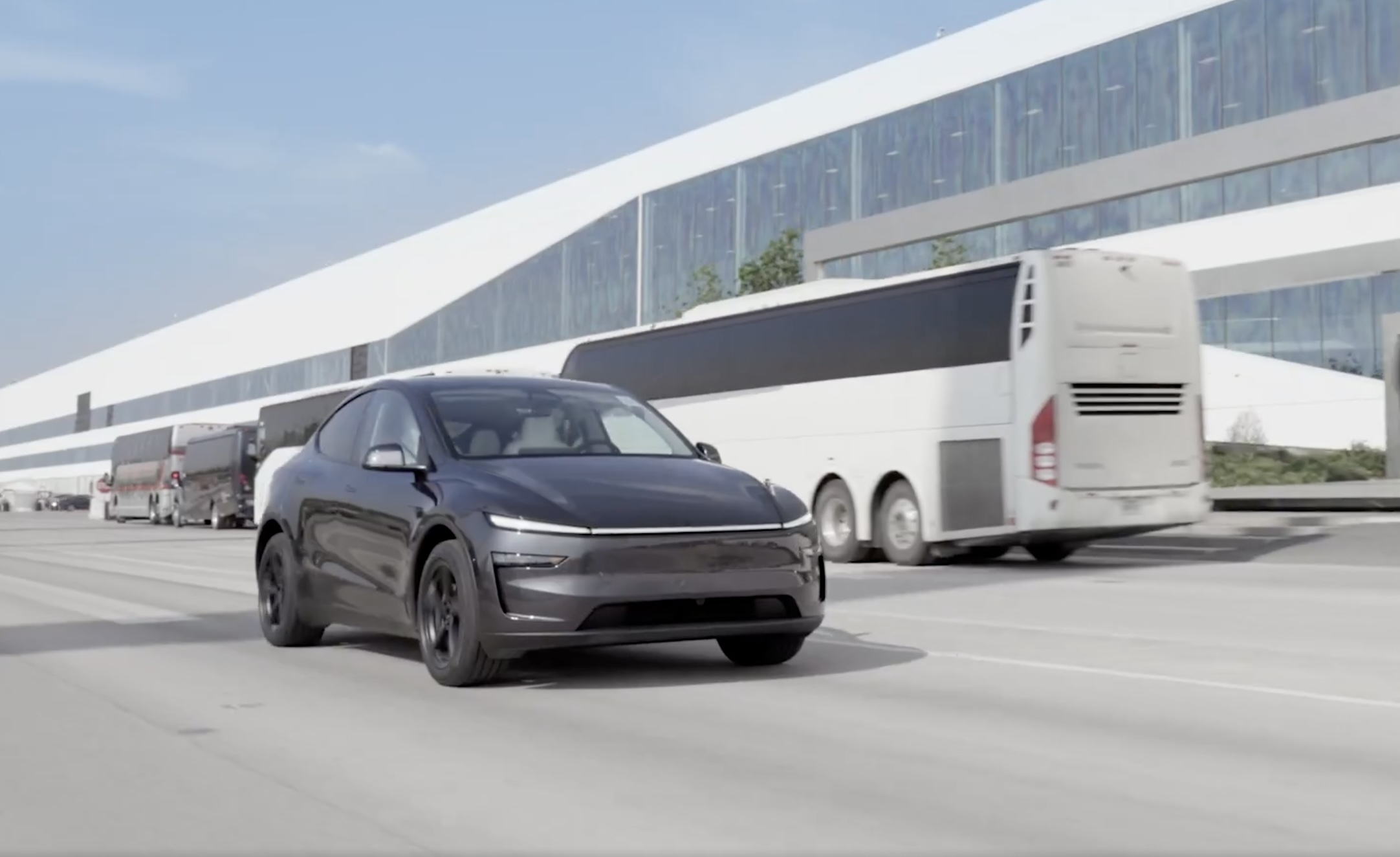

Investor's Corner
Tesla partner Panasonic to boost Gigafactory battery production capacity by 30% to address Model 3 ramp
Panasonic Corp, Tesla’s exclusive battery partner, is looking to increase its Gigafactory battery production capacity by 30% in order to address the increasing demands for battery cells due to the ongoing Model 3 ramp.
The update from Panasonic was published by 103-year-old Japanese news agency Nikkan Kogyo, which stated that the battery manufacturer would be adding three new cell production lines for lithium-ion batteries in Gigafactory 1 at the “end of 2018.” With the new lines in place, Panasonic would have a total of 13 lines producing cells for Tesla’s electric cars and battery storage systems. These improvements would allow Panasonic to meet the initially planned capacity of 35 GWh per year to supply Tesla’s production goal of consistently building 5,000 Model 3 per week — a goal that the electric car maker achieved during the end of Q2. Panasonic’s Gigafactory battery output is expected to increase by 30% with the addition of the new production lines.
The Model 3 ramp has taken a toll on Tesla, with the past year being riddled with production bottlenecks in both Gigafactory 1 and the Fremont factory. As of May, Tesla was reportedly producing less than 3,000 vehicles per week, while Panasonic’s production from its battery line proved sluggish as well. During Tesla’s burst production week in the final week of June, the company managed to build 5,000 Model 3 in seven days. To meet the Q2 goal, however, Panasonic reportedly had to use cells intended for Tesla’s household batteries to make more Model 3 battery packs.
With its battery production lines in Gigafactory 1 improved with more production capacity, Panasonic would be able to support the Model 3 ramp even as Tesla attempts to hit its target of producing 5,000-6,000 Model 3 per week for Q3. Tesla is ultimately aiming to run a sustained production rate of 10,000 Model 3 per week — a goal the company seeks to achieve by the middle of 2019, according to Tesla Senior Director of Investor Relations Aaron Chew in a meeting with investors and analysts earlier this month. To support such a level of Model 3 production, additional upgrades and expansions for Gigafactory 1 would likely be in the pipeline.
After the final week of Q2 2018, Panasonic noted that it would consider additional investment in Tesla’s Gigafactory 1 if needed. According to Yoshio Ito, the chief of Panasonic’s automotive business, the additional funding would be added to the ~$1.6 billion investment that the Japanese electronics giant already has in the Nevada-based battery factory.
Panasonic is the exclusive partner and battery cell supplier for Tesla’s electric cars and battery storage products, and as such, the Japanese company has been with the electric car maker since the beginning of the Model 3’s “production hell.” During the company’s shareholder meeting in late June, Panasonic noted that the accelerating pace of the Model 3’s production has started causing battery cell shortages.

Investor's Corner
Mizuho keeps Tesla (TSLA) “Outperform” rating but lowers price target
As per the Mizuho analyst, upcoming changes to EV incentives in the U.S. and China could affect Tesla’s unit growth more than previously expected.

Mizuho analyst Vijay Rakesh lowered Tesla’s (NASDAQ:TSLA) price target to $475 from $485, citing potential 2026 EV subsidy cuts in the U.S. and China that could pressure deliveries. The firm maintained its Outperform rating for the electric vehicle maker, however.
As per the Mizuho analyst, upcoming changes to EV incentives in the U.S. and China could affect Tesla’s unit growth more than previously expected. The U.S. accounted for roughly 37% of Tesla’s third-quarter 2025 sales, while China represented about 34%, making both markets highly sensitive to policy shifts. Potential 50% cuts to Chinese subsidies and reduced U.S. incentives affected the firm’s outlook.
With those pressures factored in, the firm now expects Tesla to deliver 1.75 million vehicles in 2026 and 2 million in 2027, slightly below consensus estimates of 1.82 million and 2.15 million, respectively. The analyst was cautiously optimistic, as near-term pressure from subsidies is there, but the company’s long-term tech roadmap remains very compelling.
Despite the revised target, Mizuho remained optimistic on Tesla’s long-term technology roadmap. The firm highlighted three major growth drivers into 2027: the broader adoption of Full Self-Driving V14, the expansion of Tesla’s Robotaxi service, and the commercialization of Optimus, the company’s humanoid robot.
“We are lowering TSLA Ests/PT to $475 with Potential BEV headwinds in 2026E. We believe into 2026E, US (~37% of TSLA 3Q25 sales) EV subsidy cuts and China (34% of TSLA 3Q25 sales) potential 50% EV subsidy cuts could be a headwind to EV deliveries.
“We are now estimating TSLA deliveries for 2026/27E at 1.75M/2.00M (slightly below cons. 1.82M/2.15M). We see some LT drivers with FSD v14 adoption for autonomous, robotaxi launches, and humanoid robots into 2027 driving strength,” the analyst noted.
Investor's Corner
Tesla stock lands elusive ‘must own’ status from Wall Street firm

Tesla stock (NASDAQ: TSLA) has landed an elusive “must own” status from Wall Street firm Melius, according to a new note released early this week.
Analyst Rob Wertheimer said Tesla will lead the charge in world-changing tech, given the company’s focus on self-driving, autonomy, and Robotaxi. In a note to investors, Wertheimer said “the world is about to change, dramatically,” because of the advent of self-driving cars.
He looks at the industry and sees many potential players, but the firm says there will only be one true winner:
“Our point is not that Tesla is at risk, it’s that everybody else is.”
The major argument is that autonomy is nearing a tipping point where years of chipping away at the software and data needed to develop a sound, safe, and effective form of autonomous driving technology turn into an avalanche of progress.
Wertheimer believes autonomy is a $7 trillion sector,” and in the coming years, investors will see “hundreds of billions in value shift to Tesla.”
A lot of the major growth has to do with the all-too-common “butts in seats” strategy, as Wertheimer believes that only a fraction of people in the United States have ridden in a self-driving car. In Tesla’s regard, only “tens of thousands” have tried Tesla’s latest Full Self-Driving (Supervised) version, which is v14.
Tesla Full Self-Driving v14.2 – Full Review, the Good and the Bad
When it reaches a widespread rollout and more people are able to experience Tesla Full Self-Driving v14, he believes “it will shock most people.”
Citing things like Tesla’s massive data pool from its vehicles, as well as its shift to end-to-end neural nets in 2021 and 2022, as well as the upcoming AI5 chip, which will be put into a handful of vehicles next year, but will reach a wider rollout in 2027, Melius believes many investors are not aware of the pace of advancement in self-driving.
Tesla’s lead in its self-driving efforts is expanding, Wertheimer says. The company is making strategic choices on everything from hardware to software, manufacturing, and overall vehicle design. He says Tesla has left legacy automakers struggling to keep pace as they still rely on outdated architectures and fragmented supplier systems.
Tesla shares are up over 6 percent at 10:40 a.m. on the East Coast, trading at around $416.
Investor's Corner
Tesla analyst maintains $500 PT, says FSD drives better than humans now
The team also met with Tesla leaders for more than an hour to discuss autonomy, chip development, and upcoming deployment plans.

Tesla (NASDAQ:TSLA) received fresh support from Piper Sandler this week after analysts toured the Fremont Factory and tested the company’s latest Full Self-Driving software. The firm reaffirmed its $500 price target, stating that FSD V14 delivered a notably smooth robotaxi demonstration and may already perform at levels comparable to, if not better than, average human drivers.
The team also met with Tesla leaders for more than an hour to discuss autonomy, chip development, and upcoming deployment plans.
Analysts highlight autonomy progress
During more than 75 minutes of focused discussions, analysts reportedly focused on FSD v14’s updates. Piper Sandler’s team pointed to meaningful strides in perception, object handling, and overall ride smoothness during the robotaxi demo.
The visit also included discussions on updates to Tesla’s in-house chip initiatives, its Optimus program, and the growth of the company’s battery storage business. Analysts noted that Tesla continues refining cost structures and capital expenditure expectations, which are key elements in future margin recovery, as noted in a Yahoo Finance report.
Analyst Alexander Potter noted that “we think FSD is a truly impressive product that is (probably) already better at driving than the average American.” This conclusion was strengthened by what he described as a “flawless robotaxi ride to the hotel.”
Street targets diverge on TSLA
While Piper Sandler stands by its $500 target, it is not the highest estimate on the Street. Wedbush, for one, has a $600 per share price target for TSLA stock.
Other institutions have also weighed in on TSLA stock as of late. HSBC reiterated a Reduce rating with a $131 target, citing a gap between earnings fundamentals and the company’s market value. By contrast, TD Cowen maintained a Buy rating and a $509 target, pointing to strong autonomous driving demonstrations in Austin and the pace of software-driven improvements.
Stifel analysts also lifted their price target for Tesla to $508 per share over the company’s ongoing robotaxi and FSD programs.









